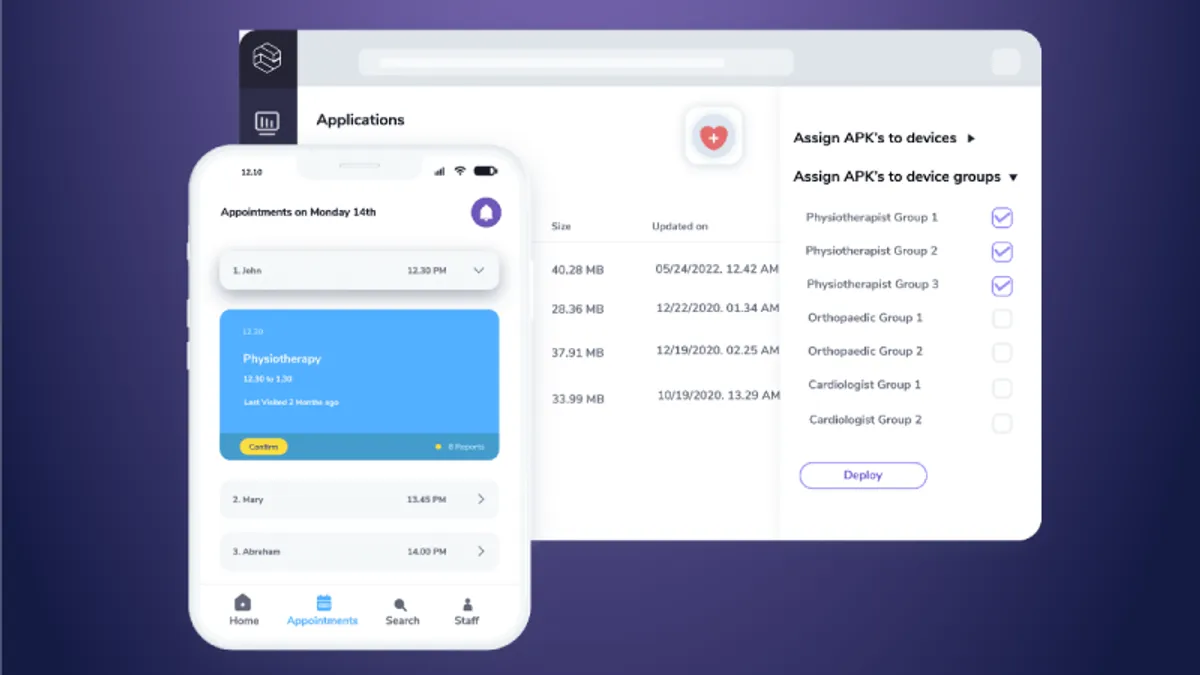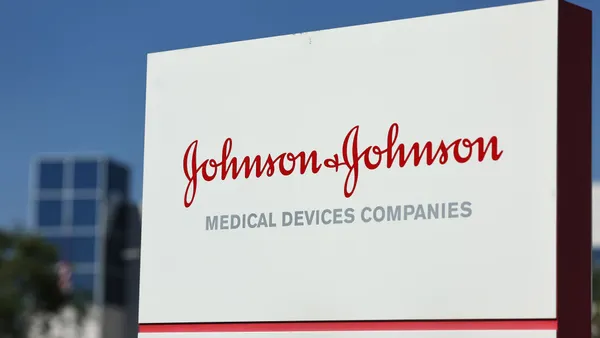It’s no question that more health and wellness care is being delivered through connected device-based solutions than ever before. A new study from Esper took a first-of-its kind look at what modern HealthTech device fleets look like and the tools companies have in place to efficiently manage them. Below are some of the highlights.
Report insights:
-
HealthTech device fleets are complex. The average HealthTech device fleet comprises 1,296 devices organized into 25 groups. Many are organized by geographic region, potentially to ensure device configurations and app versions meet different compliance requirements for each region. Across the device fleet, the average HealthTech company is managing 28.2 applications or application versions.
In the midst of these complex device fleets, those managing Health Tech device fleets also know there’s little room for error when those devices are delivered to patients. 45% of HealthTech companies use device labs or test groups — tied for the most out of any other industry.
-
It may be time for a big device upgrade. The research found that the plurality of devices are running Android 10.x. For HealthTech companies that manage devices used for long-term clinical research studies, there may be regulatory requirements to keep legacy hardware. But as opportunities to refresh devices arise, many HealthTech companies will be looking to upgrade with the 2023 release of Android 14 to take advantage of updated security and feature capabilities.

-
Alerts are key to delivering a reliable experience. Reliable device experiences are critical to patient health and wellbeing, so HealthTech companies must be able to reduce downtime and come to technical resolutions quickly. Surprisingly, only about 1 in 5 companies are using device alerts, such as when a device unexpectedly goes offline, disconnects from bluetooth, or has low battery. The companies that are using alerts, however, are using a lot—nearly 30 different device alerts per company.

-
HealthTech companies are leaders when it comes to remote support. Another tool to deliver reliable experiences is through remote support for troubleshooting issues. 43% of device configurations across all companies have remote debugging enabled, the third highest percentage behind Logistics and IT Services industries.
The increased demand for device-driven health and wellness solutions over the last 3 years has transformed the industry. And it has required the adoption of modern practices and tooling to keep up. Download the complete report to learn more about the modern strategies HealthTech and other companies are using to manage their ever-evolving device fleets.
The research includes data from 69 HealthTech companies.









